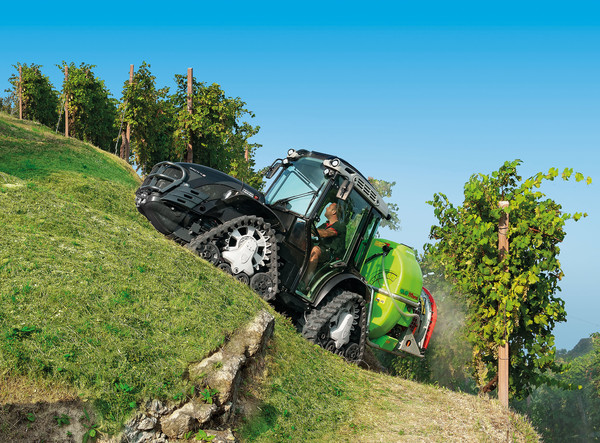
First half-year down, confirmed sales volumes
Between January and June, the italian agricultural machinery market recorded a downturn for all the main types of machinery, but confirmed sales volumes above the average of the last four years. FederUnacoma: lively demand, decline due to problems in the supply chain. Variables relating to raw materials and the geopolitical scenario are weighing on the rest of the year
In the first half of the year, the agricultural machinery market confirmed high sales volumes, albeit lower than the record levels reached in 2021. The registration figures - supplied by the Ministry of Transport and processed by FederUnacoma - indicate in fact, in the period from January to June, a 11.9% decline for tractors, with 11,050 units registered, a number that remains above the average of the last four years, when sales in the first half of the year were around 10,000 units.
Registrations were down, but still at high levels, also for combine harvesters (-5.7% compared to 2021) and transporters (-15%), which recorded 216 and 278 units sold respectively. A more consistent downturn characterises the performance of telescopic handlers (-26.6% to 555 units sold), the product type that had grown the most in the first half of last year (+85%). Trailers were also down, with 4,332 units registered, down 9.2% compared to the same period of 2021.
According to FederUnacoma, the contraction in sales observed between January and June was not due to a drop in demand, which, on the contrary, continued to be sustained. Already at its annual meeting in Varignana (Bologna) at the end of June, the association of agricultural machinery manufacturers had pointed out that the market downturn was mainly caused by problems in the supply chain.
The sector is therefore confirmed to be in good health, although the continuation of the year could be conditioned by the variables related to the cost of raw materials and the developments in the geopolitical landscape.








